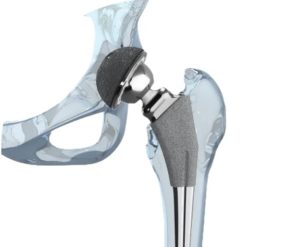When Hurricane Irene set its sights on North Carolina’s Outer Banks, Notre Dame researcher, Andrew Kennedy, set his sights on Irene. A researcher in the university’s Department of Civil Engineering and Geological Sciences, Kennedy packed his gear and headed east. At the Outer Banks, he hopped on a helicopter and began deploying wave and surge gauges along the coast.
“Depending on landfall location and strength, there is potential for a new inlet to be created as a barrier island is cut, and strong to severe building damage. Irene is large and strong and the best hope for North Carolina is that it goes offshore. If it does, though, it will just push the problem north to New York or New England, so someone is going to get hit badly.”
Dr. Andrew Kennedy / Image: Notre Dame
Kennedy’s research, as part of Notre Dame’s Computational Hydraulics Laboratory, centers on the way water pressure (e.g., waves, storm surge and currents) affects the coast and human activities.
Storm surge is the wall of water pushed onto land as a hurricane comes ashore. Although high winds are associated with hurricanes, storm surge is actually a greater danger and a leading cause of destruction and death.
According to Notre Dame News, Kennedy’s colleague Joannes Westerink is one of the developers of the Advanced Circulation Model (ADCIRC), which is an authoritative computer model for storm surge prediction. Rick Luettich, researcher at the University of North Carolina at Chapel Hill’s Coastal Circulation and Transport project is another developer of the ADCIRC model.
The U.S. Army Corps of Engineers, the U.S. Federal Emergency Management Agency (FEMA) and the state of Louisiana use the model to determine water levels due to hurricane surge as well as to design appropriate levee heights and alignments.
This important work is expected to lead to more effective surge barriers and construction techniques, thereby saving lives and preventing property damage to homeowners and businesses in the future.











Comments for this article are closed.